In this blog you will find 14 top vegetables name which begin with A letter. Find out full details of each vegetables which start with A. Here we go:
Artichoke
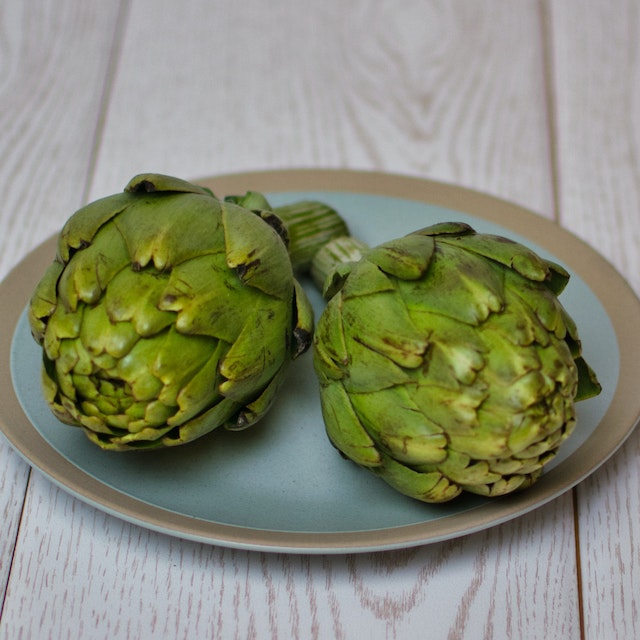

Artichokes are a type of vegetable that belong to the thistle family. They have a unique, globe-like shape with a choke (fuzzy center) and edible leaves. The most commonly consumed part of the artichoke is the “heart,” which is the base of the vegetable.
The heart can be steamed, boiled, grilled, or used in a variety of dishes such as dips, salads, and pasta dishes. Artichokes are high in fiber, antioxidants, and vitamins C and K, and are considered to have potential health benefits such as improving digestion and liver function. They are available in grocery stores and markets throughout the year, but the peak season for fresh artichokes is in the spring.
Asparagus


Asparagus is a perennial vegetable that is part of the lily family. It has a green, spear-like shape and a slightly bitter, earthy flavor. It is usually cooked by steaming or grilling, and can also be eaten raw. Asparagus is high in vitamins A, C, E and K, as well as folate and potassium. It also contains antioxidants and is low in calories.
Asparagus is a versatile vegetable that can be used in a variety of dishes, such as omelets, soups, risottos, and pasta dishes. It can also be eaten as a simple side dish with a squeeze of lemon or a sprinkle of Parmesan cheese. The peak season for asparagus is typically late April to June.
Aubergine (eggplant)


Eggplant, also known as aubergine, is a vegetable that is part of the nightshade family. It has a glossy, purple skin and a spongy texture when cooked. The eggplant can be grilled, fried, baked, or used in a variety of dishes such as eggplant parmesan, ratatouille, and baba ghanoush.
Eggplant is a good source of dietary fiber, potassium, and Vitamin B1. It also contains phytonutrients that may have antioxidant properties. The eggplant is available year-round in most grocery stores, but the peak season is typically August to October.
Eggplant is a versatile vegetable that can be used in a variety of dishes, both vegetarian and meat-based. It can be sliced, diced, or pureed, and is often paired with other Mediterranean ingredients such as tomatoes, garlic, and herbs. It can also be stuffed with a variety of fillings or even used as a meat substitute in dishes like vegan moussaka.
Avocado
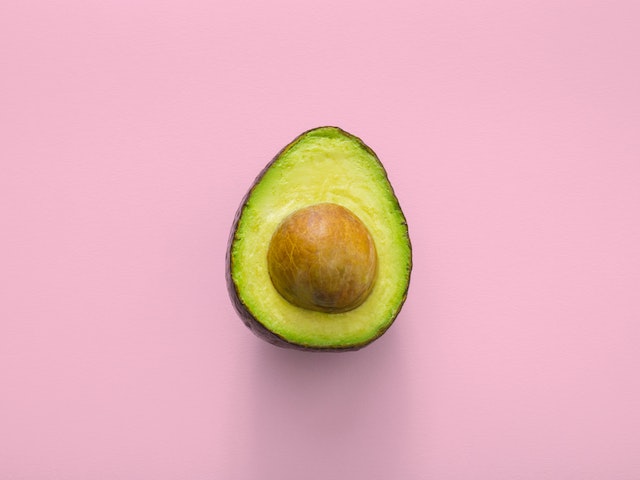

Avocado is a fruit that is often used as a vegetable in cooking. It has a unique, creamy texture and a rich, nutty flavor. Avocados are typically used in guacamole, sandwiches, and salads, but can also be used in baking and as a dairy-free substitute in recipes.
Avocados are an excellent source of healthy fats, specifically monounsaturated fats, as well as potassium, Vitamin E, Vitamin K, and Vitamin C. They are also high in dietary fibers.
Avocados are available year-round, but the peak season is typically between late May and September. Avocados are usually picked when they are mature but still hard, and then ripen at room temperature. It’s easy to check if an avocado is ripe by gently squeezing it; a ripe avocado will be slightly soft to the touch without any brown spots or dents.
It is important to note that avocados are high in calories, so they should be consumed in moderation as part of a balanced diet.
Arrowroot


Arrowroot is a starchy root vegetable that is native to Central and South America. It is obtained from the rhizomes of several tropical plants, the most widely cultivated being Maranta arundinacea. Arrowroot is a fine, white powder that is odorless, tasteless, and can be used as a thickening agent for sauces, puddings, and gravies. It is also used in baking as a gluten-free alternative to wheat flour.
Arrowroot is a good source of carbohydrates, potassium, and iron, and is low in fat and sodium. It is also easy to digest, making it suitable for those with gluten or wheat allergies.
Arrowroot powder can be found in most grocery stores and health food stores. It should be stored in a cool, dry place and used within 6 months of opening. When using arrowroot as a thickener, it is important to mix it with a cold liquid before adding it to hot liquids, as it can become lumpy if added directly to hot liquids.
Amaranth leaves
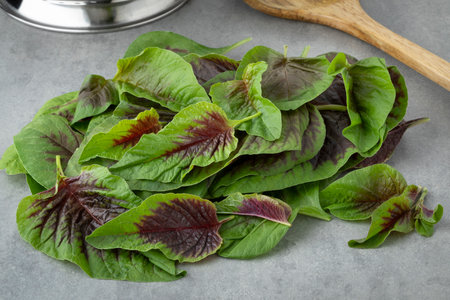

Amaranth leaves, also known as Chinese spinach or yin choy, are the edible leaves of the amaranth plant. They have a slightly bitter and spinach-like taste and are often used in Asian cuisine. The leaves can be eaten raw or cooked, and are a popular ingredient in soups, stir-fries, and dumplings.
Amaranth leaves are a good source of vitamins A, C, and K, as well as minerals such as iron and calcium. They also contain antioxidants and anti-inflammatory compounds.
Amaranth leaves can be found in Asian markets and some grocery stores, usually in the produce section. They are typically sold in bunches and should be stored in the refrigerator, where they will keep fresh for about a week. When using amaranth leaves in cooking, it is best to add them at the end of the cooking process to preserve their color and nutrition.
Arugula
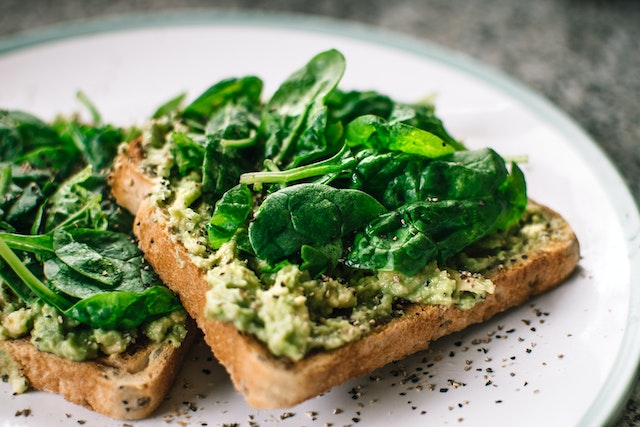

Arugula, also known as rocket, is a leafy green vegetable that is part of the cruciferous family. It has a slightly spicy, nutty flavor and is often used in salads, sandwiches, and pasta dishes. Arugula can also be cooked and added to soups or omelets.
Arugula is a good source of vitamins A and K, as well as antioxidants and phytochemicals. It also contains small amounts of calcium and iron.
Arugula can be found in most grocery stores, often in the packaged salad greens section or in the produce section. It is typically sold in bunches or in pre-washed, pre-packaged containers. Arugula is best stored in a plastic bag in the refrigerator, where it will keep fresh for about a week. When using arugula in salads, it is best to add it just before serving to preserve its flavor and texture.
Adzuki Beans
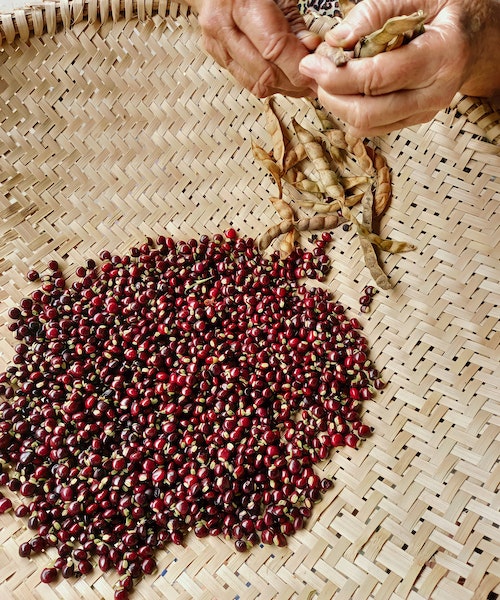

Adzuki beans are small, reddish-brown beans that are commonly used in Asian cuisine. They have a sweet, nutty flavor and are often used in sweet dishes such as desserts and pastries, as well as savory dishes like soups and stews. They are often used in traditional Japanese confectionery, sweet red bean paste.
Adzuki beans are a good source of protein, fiber, and various vitamins and minerals. They are also low in fat and calories and are considered to be beneficial for digestion and blood sugar control.
Adzuki beans can be found in Asian grocery stores, health food stores and some supermarkets. They can be purchased dried or canned and should be soaked overnight before cooking. They can be cooked by boiling or pressure cooking, and can also be sprouted to enhance their nutritional value. Adzuki beans can be also used as a meat substitute in vegetarian and vegan dishes.
Acorn Squash


Acorn squash is a type of winter squash that has a unique, acorn-like shape and a hard, dark green skin. The flesh is yellow-orange, dense, and sweet-tasting. It can be roasted, baked, grilled, or steamed, and is often served as a side dish. It can also be pureed and used in soups, pies, and breads.
Acorn squash is a good source of vitamins A and C, as well as potassium and dietary fiber. It also contains antioxidants and is low in calories.
Acorn squash is in season from late fall to early winter, but it can be found in most grocery stores year-round. It should be stored in a cool, dry place and used within a month of purchase. When preparing acorn squash, it is important to cut it in half and remove the seeds before cooking. It can be cooked with the skin on or off, depending on the recipe.
Ahipa
Ahipa is a root vegetable that is native to South America, specifically to the Amazon region. It is a perennial crop, grows in the tropical and subtropical regions and is related to the yam. The root is rich in starch and is used as a source of carbohydrates. It is also used to make flour, which is used to make breads and cakes.
Ahipa is a good source of carbohydrates, potassium, and dietary fiber. It also contains small amounts of other vitamins and minerals.
Ahipa is not commonly found in the grocery stores in North America and Europe, it is mostly found in South American or in specialty markets where native products are sold. It can be used as a substitute for yam or sweet potato in recipes, it can also be roasted, boiled, steamed or fried. It also can be used to thicken soups and stews.
Alfalfa Sprouts


Alfalfa sprouts are sprouts that are grown from the alfalfa seed. They are often used as a topping for sandwiches, salads, and soups, and as a garnish for various dishes. They have a delicate, slightly nutty flavor and a crisp texture.
Alfalfa sprouts are a good source of vitamins A and C, as well as minerals such as calcium and potassium. They are also a good source of antioxidants, protein and dietary fiber.
Alfalfa sprouts can be found in most grocery stores and health food stores, often in the produce section or in the section for packaged salad greens. They are typically sold in small plastic containers and should be stored in the refrigerator, where they will keep fresh for about a week. When using alfalfa sprouts in cooking, it is best to add them at the end of the cooking process to preserve their flavor and nutrition.
Aonori
Aonori, also known as green laver, is a type of edible seaweed that is commonly used in Japanese cuisine. It is typically sold dried and flaked, and is used as a seasoning or garnish for dishes such as soups, salads, and fried foods. It has a strong, distinct, and slightly salty flavor.
Aonori is a good source of iodine and other minerals, as well as vitamins and amino acids. It is also a good source of dietary fiber and antioxidants.
Aonori can be found in Asian grocery stores, health food stores and some supermarkets. It is typically sold in small packets or bottles and should be stored in a cool, dry place. It can be used as a seasoning for soups, onigiri, takoyaki, and other traditional Japanese dishes. It is also used to make aonori tempura, where the flakes are mixed with flour and deep-fried.
Arame


Arame is a type of edible seaweed that is commonly used in Japanese and Korean cuisine. It is typically sold dried and has a mild, sweet and slightly nutty flavor. It is rehydrated before using and often used in salads, soups, and stir-fries.
Arame is a good source of iodine and other minerals, as well as vitamins and amino acids. It is also a good source of dietary fiber and antioxidants.
Arame can be found in Asian grocery stores, health food stores, and some supermarkets. It is typically sold in small packets or bottles and should be stored in a cool, dry place. It should be rehydrated before using by soaking it in water for about 10 minutes. After rehydration, it can be added to soups, salads, and stir-fries, or used as a topping for rice dishes.
Arracacha
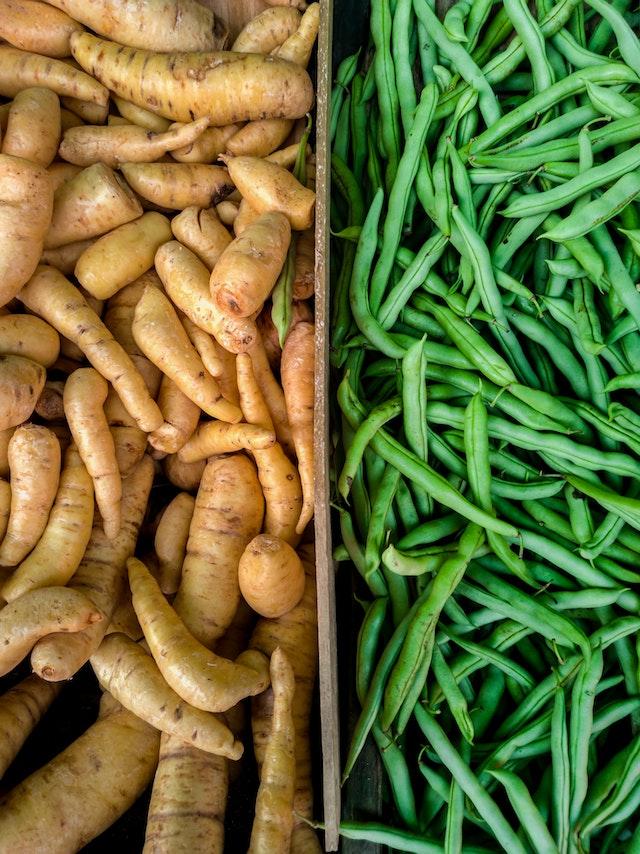

Arracacha, also known as Peruvian parsnip or Peruvian carrot, is a root vegetable that is native to the Andean region of South America. It has a creamy white flesh and a sweet, nutty flavor that is similar to a cross between a parsnip and a potato. It can be used in a variety of dishes, such as soups, stews, and side dishes, it is also used to make flour and purees.
Arracacha is a good source of carbohydrates, potassium, and dietary fiber. It also contains small amounts of other vitamins and minerals.
Arracacha is not commonly found in the grocery stores in North America and Europe, it is mostly found in South American or in specialty markets where native products are sold. It can be used as a substitute for potatoes, yams or sweet potatoes in recipes, it can also be roasted, boiled, steamed or fried. It also can be used to thicken soups and stews.



